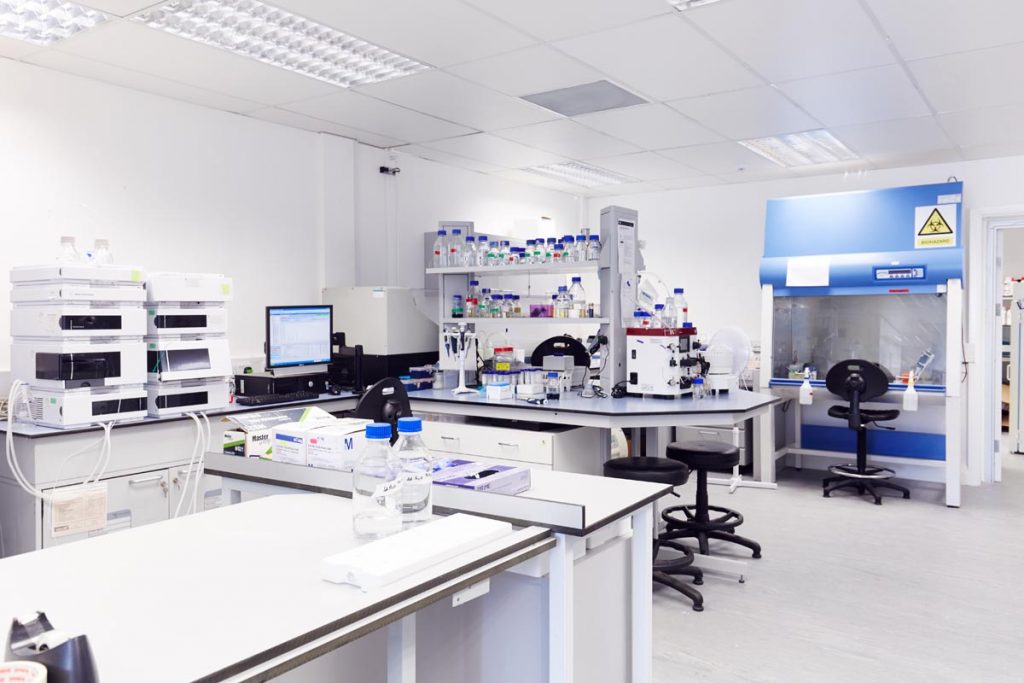Frequently Asked QuestionS
Rapid Antigen Test / Lateral flow test
Is Rapid Antigen Test the Same as Lateral Flow Test?
There is a difference between lateral flow test and an antigen test (refer to ‘What is an Antigen Test?’ and ‘What is a lateral flow device?’ below). A lateral flow test (LFT) is a more generic test and its name explains how it works; flow of liquid in a lateral direction. Samples from the body such as the nasopharyngeal cavity, saliva or blood, for example, can be used for the detection of a condition using a LFT .
All antigen tests are lateral flow tests, but not all lateral flow tests are antigen tests. During COVID pandemic the terms lateral flow test and antigen test developed into synonymous terms. This was partly due to the suppliers of the tests either referring to them as antigen or lateral flow tests.
Antigen tests are used to detect specific conditions and ease the process of diagnosing a patient by offering results within minutes . Whereas lateral flow tests can be used to detect antigens they can also be used detect molecules that help to determine, for example, if a woman is pregnant, determine the levels of vitamins (vitamin D, B12, etc) in your body or detect biomarkers for cancer.
What is an Antigen Test?
An antigen test is a type of diagnostic test used to detect the presence of specific proteins, called antigens, in a sample taken from the body. Antigens are foreign substances, such as parts of viruses or bacteria, that trigger an immune response in the body. By identifying the antigens associated with a particular infection, an antigen test can determine if a person is currently infected with a specific pathogen.
What is a Lateral Flow Device?
Lateral flow devices are often used in various applications, including medical diagnostics, food safety testing, and environmental monitoring. They are commonly used for point-of-care testing, where rapid results are required, or in resource-limited settings where access to sophisticated laboratory equipment is limited.
Are Lateral Flow Tests Accurate?
The lateral flow accuracy varies from device to device. Most devices give both specificity and sensitivity results of over 95%. If need be, results should be discussed with your GP to determine whether additional tests are required.

